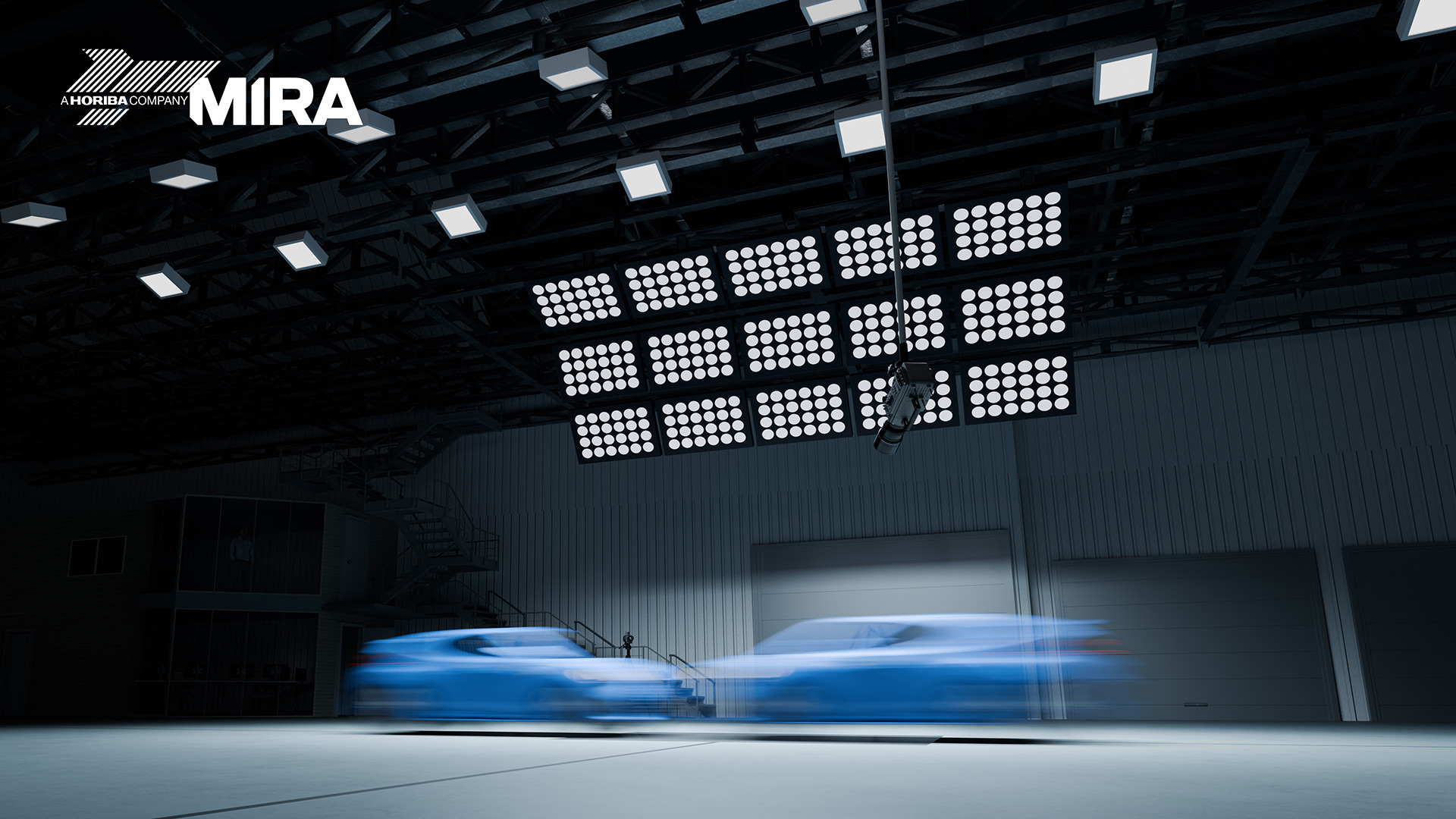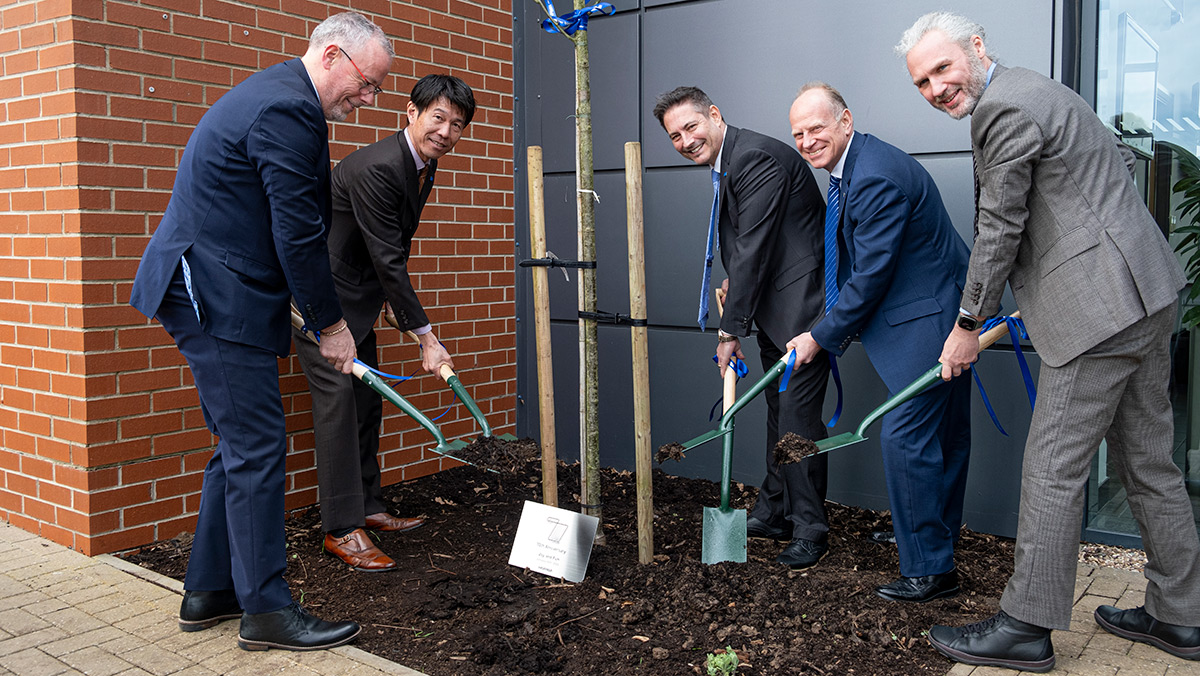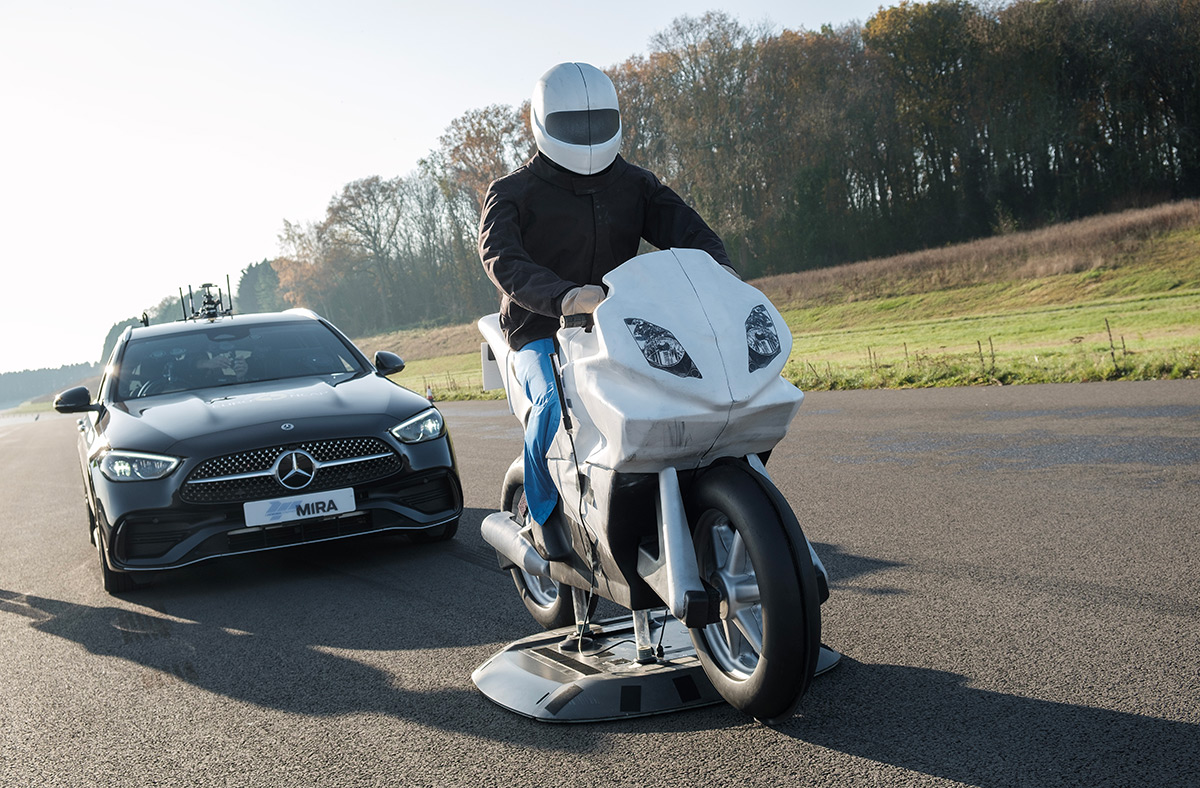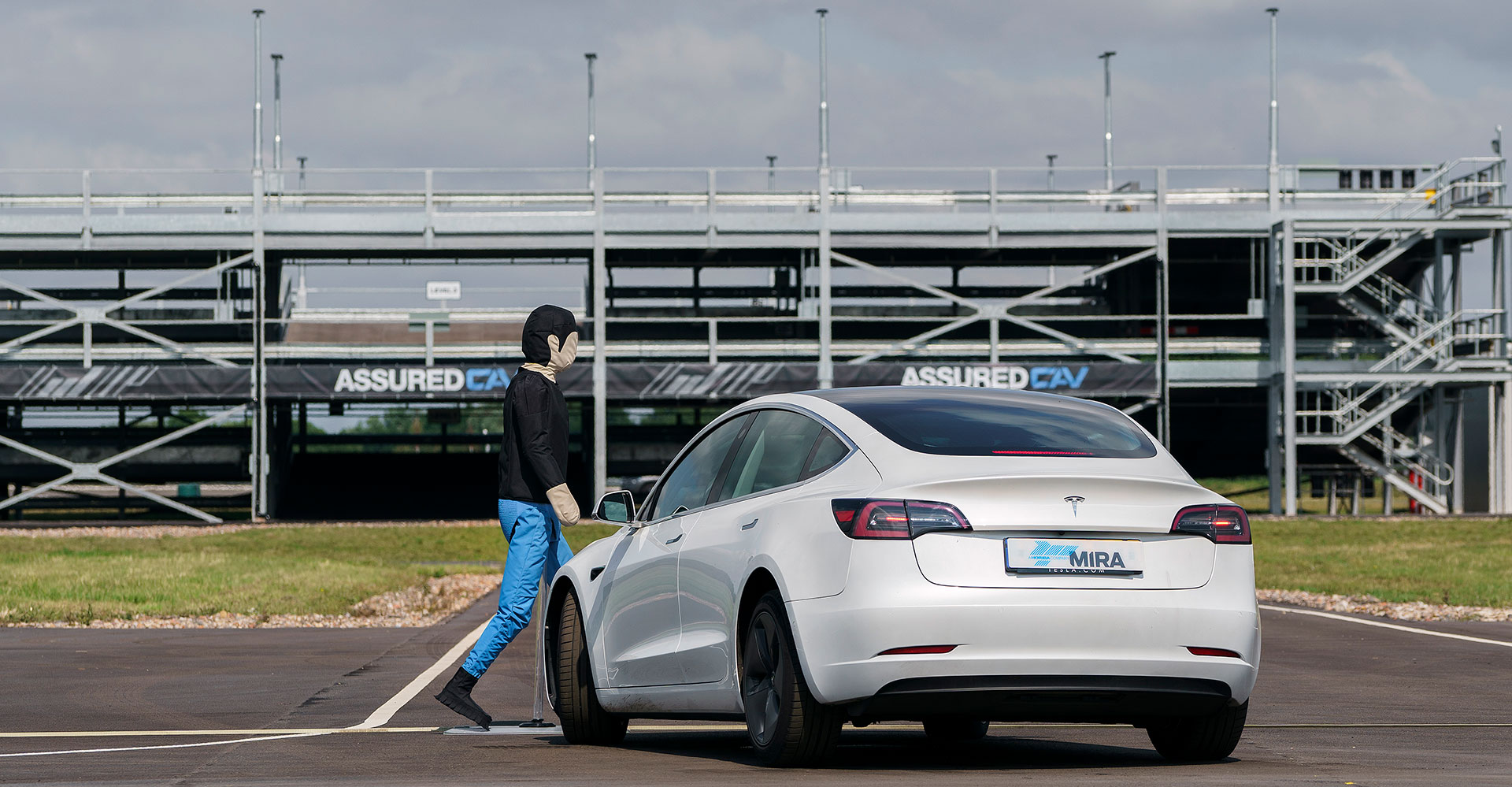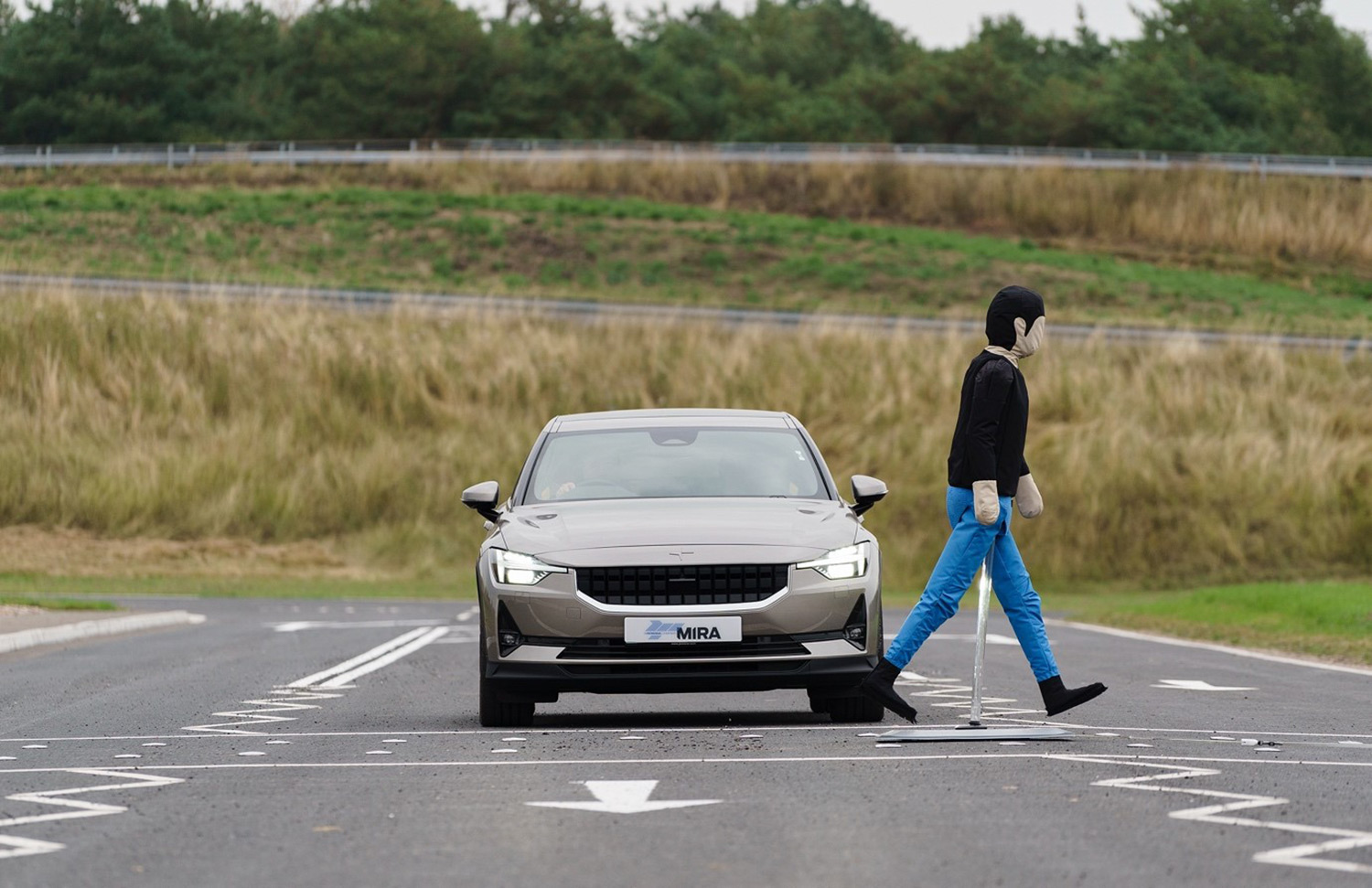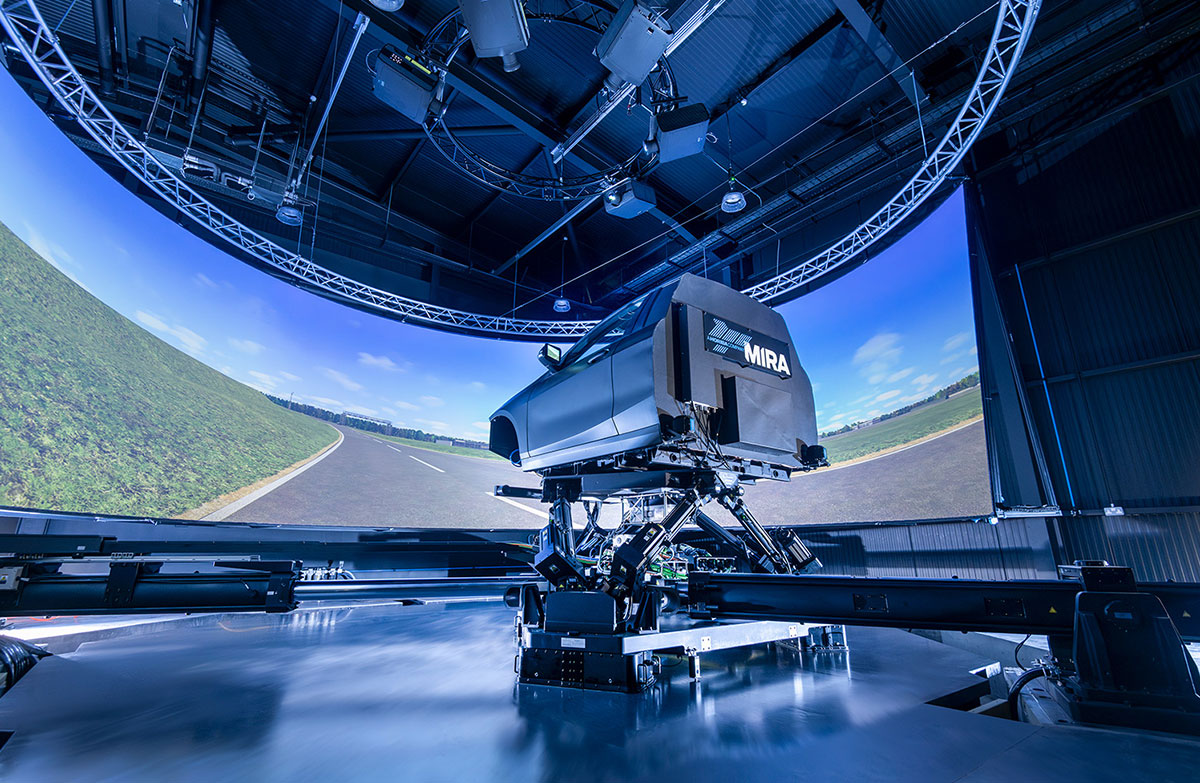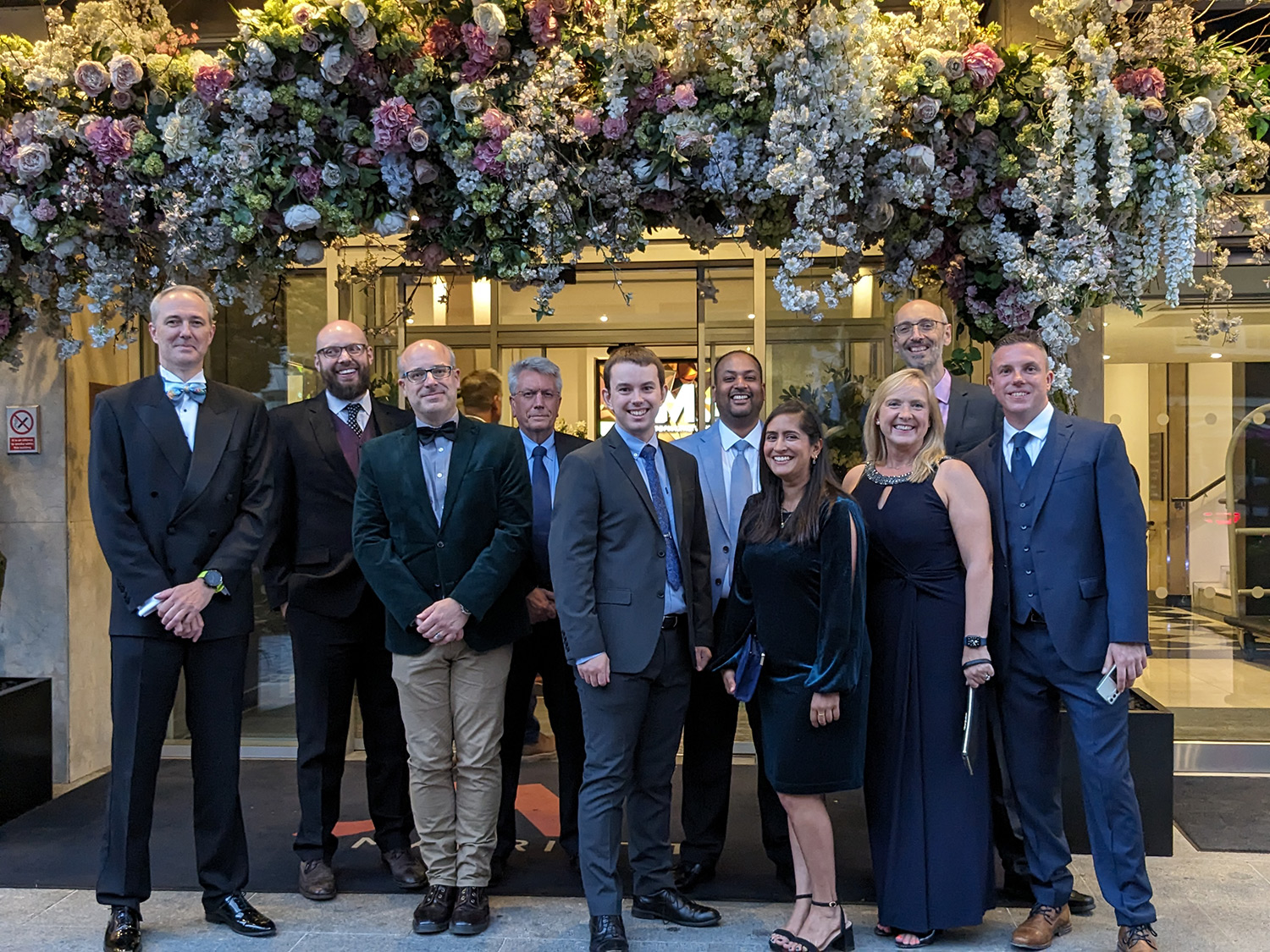Streamlining Vehicle Autonomy Development Through Scenario Language Standardisation

In the quest for road safety assurance, vehicle autonomy is bringing about new layers of complexity that present huge challenges given the existing paradigms of vehicle safety verification and validation.
In order to develop new autonomy features that take increasing numbers of driving tasks away from the human driver, a more involved development process is required than what is needed for traditional vehicles. Safety considerations have to be included early in the development phases, iterative verification cycles should exist all along the development, a test programme development has to be devised to deal with all the different types of tests needed to cover all aspects of the system under development, and before any verdict is produced on the safety of the system, the multi-source test results need to be stored, aggregated and analysed.
In some ways this generic framework can be already applied by many of the systems manufacturers in the automotive industry, but often it is not followed exactly in a well-coordinated process. The importance of this coordination between the different phases of the development process will become more evident when it will be required to produce evidence before the certification authorities about the safety verification of these new systems. This evidence is likely to encompass a suitable audit trail of the safety aspects of the feature up to its early development phases and will aim to prove that sufficient design and testing effort has been put in to reduce the safety risks down to acceptable levels.
A key element in this process is the concept of ‘scenarios’. A scenario, in the context of vehicle autonomy, can have several meanings and different nuances depending on the intended use of it, but in general it refers to the set of conditions and sequence of actions associated to a specific autonomy feature in operation; e.g. a sports car executing an autonomous lane change on a section of a highway with four lanes and mid-level traffic density. Here, the autonomous lane change is the feature, and the rest would be the scenario.
Through the use of meaningful scenarios, the feature development process can be devised in such a way that fulfils all the needs that the feature aims to cover (Scenario Based Design). The same scenarios can then be used for the verification of the requirements captured at different stages of the systems engineering process. Then, the same scenarios can be used to generate the different test programmes and protocols to follow (Scenario Based Testing), and finally the same scenarios can be used to derive the success criteria of the tests and the ultimate verification and validation of the system (Scenario Based V&V).
At HORIBA MIRA we are working relentlessly to provide our customers with the most comprehensive support to help them successfully bring their vehicle autonomy solutions to market, ultimately realising our vision of a smarter, cleaner and safer road mobility. We are exploring and integrating state-of-the-art tools into our service offering, like the Foretellix’s M-SDL (Measurable Scenario Description Language). This is a rising star in the fierce battle for the standardisation of a scenario language common to the industry, and accessible to the different stakeholders within it, from systems developers, to road users, to certification authorities. The relevance and importance of M-SDL has also been recently reinforced by its close collaboration with the ASAM standardisation association
